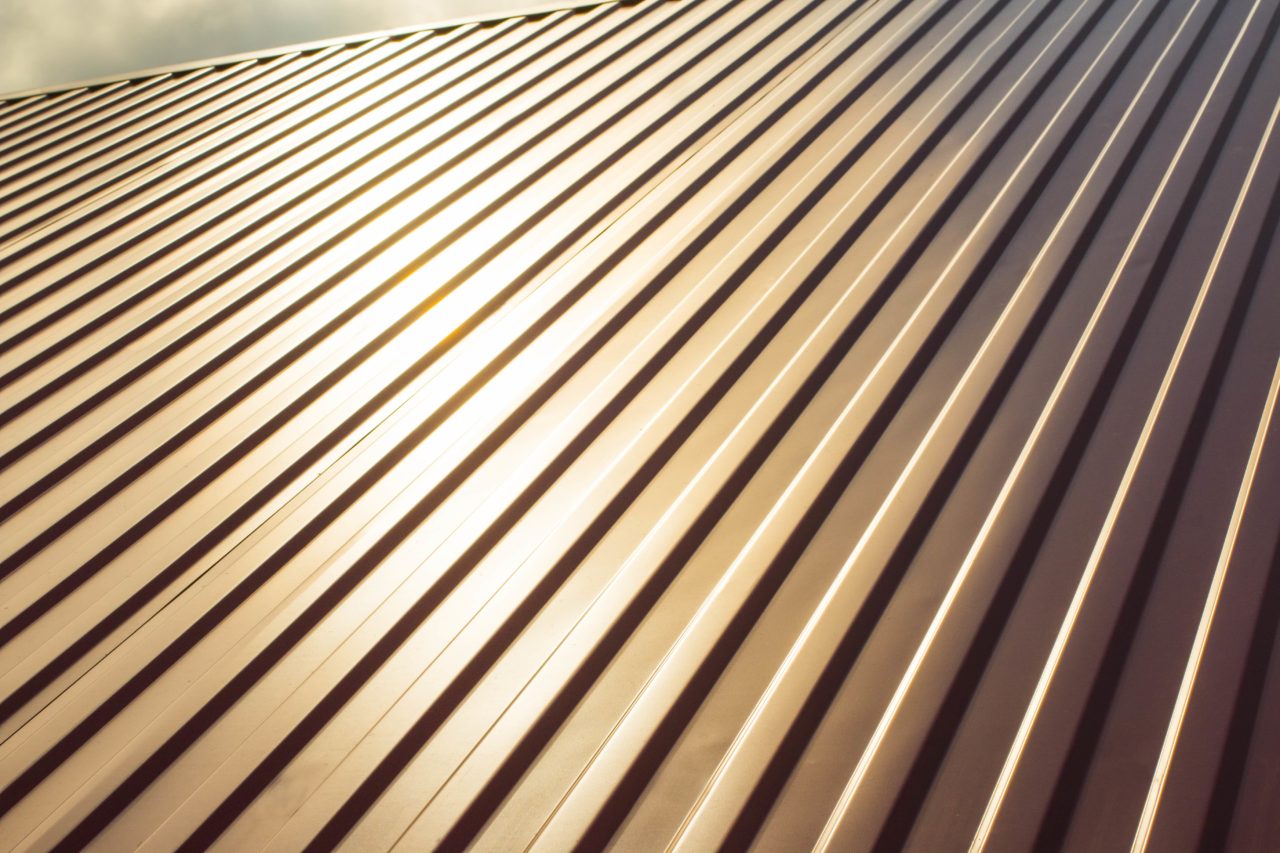One of the most common means of protecting metal materials from risks such as corrosion, and galvanization is when metal (typically a thick base metal) is coated with a layer of zinc, which is much less prone to problems of corrosion. This protects that base metal from the effects of the environment.
The benefits of galvanizing metal
As mentioned, galvanizing metal is typically done to protect from corrosion. Metal that is exposed to the elements can be worn away thanks to moisture and oxygen, which causes the metal to oxidize. Rusting iron is a good example of this corrosion. Galvanizing uses zinc, which doesn’t oxidize in the same way, to protect metals such as stainless steel and aluminum, which have useful construction properties but could be prone to corrosion otherwise, rendering them useless.
The mechanics of galvanization
Galvanizing metal helps to protect it in a few different ways. The protective coating of zinc literally shields the metal beneath from the effects of the environment, stopping water, moisture, and oxygen from reaching the steel or aluminum that it’s covering.
Galvanic corrosion plays a role, as well. This happens when two metals contact each other in the presence of an electrode, like salty water, to act as a catalyst. When this happens, one metal corrodes faster than the other and slows the corrosion other the other. Zinc is typically used as the anode, the metal that corrodes faster, protecting the base metal, or cathode.
What is the Process of Galvanizing Metal?
Now that you have an idea of the purpose and mechanics of galvanizing metal, let’s take a look at some of the different processes that galvanize metal.
Hot-Dip Galvanizing
True to its name, hot-dip galvanizing involves dipping the base metal into zinc, which has been heated into a molted pool. Ensuring the base metal is clean to ensure a seamless bond is essential, often done chemically and then fluxed to rid it of any oxides that might be on the surface. This is a quick and relatively simple method, making it easier to galvanize metal in complex shapes, but doesn’t always offer the same consistency of a coating at the end compared to other methods.
Pre-galvanizing
Like hot–dip galvanizing, but done directly at the steel mill, this method involves rolling sheet metal through a cleaning process, before it passed through a pool of molten zinc. The advantage of this method is that ready-made coils of steel can be galvanized right there in the mill, and the coating tends to be more consistent than a hot dip. However, ongoing fabrication can lead to areas of exposed, uncoated areas, meaning that some parts have to be re-galvanized.
Electrogalvanizing
Rather than using molten zinc, this uses the electrolyte solution mentioned above, such as salt water. Zinc ions are transmitted to the base metal by electrically reducing negatively charged zinc metal, and depositing the zinc ions to a positively charged metal. This is usually done with a roll of sheet metal, and offers superior consistency in coating thickness, though it typically tends to be somewhat thinner than a hot dip, meaning it’s not always an applicable solution depending on the needs of the final product.

